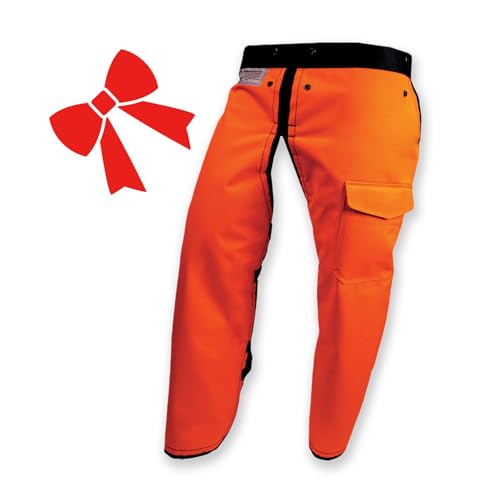Ted J
ArboristSite Operative
In part yes - check this out - it's from the same article I quoted above.

Looking firstly at the top line of the lower striped area on the graph, at the base of the tree the water content of green DF reaches a maximum of 21 lbs/cuft, about 1/3 of the way up the trunk the max water content is 14 lbs/cuft and then it increases again and on average it is about 17 lbs/cuft
Sorry it doesn't work like that. Green or standing DF never gets to be 100% MC or densities above 50 lbs/cuft.
From real measurements shown on the graph (bottom line of the solid grey area), the average overdry dry density of the wood is 28lb/cuft.
The average water content is 17lb/cuft, so the max MC is 17/(28+17) x 100% = 38 %MC
The 75% MC referred to in Wood web is not a 75% MC - but 75% of the maximum MC so 75% of 38% = 28.5% MC, even on your chart this show up as a density of 42 lb/cuft.
I think the original post from Brad was that his piece of wood weighed more than 4000 lbs and I think we have established that it's not quite that. Whether its 2300 lb or 1600 lb or somewhere in between I'd go with 2300 lb to be on the safe side.
Can we just say it's damn heavy and Brad can't pick it up by himself?

Ted


























































